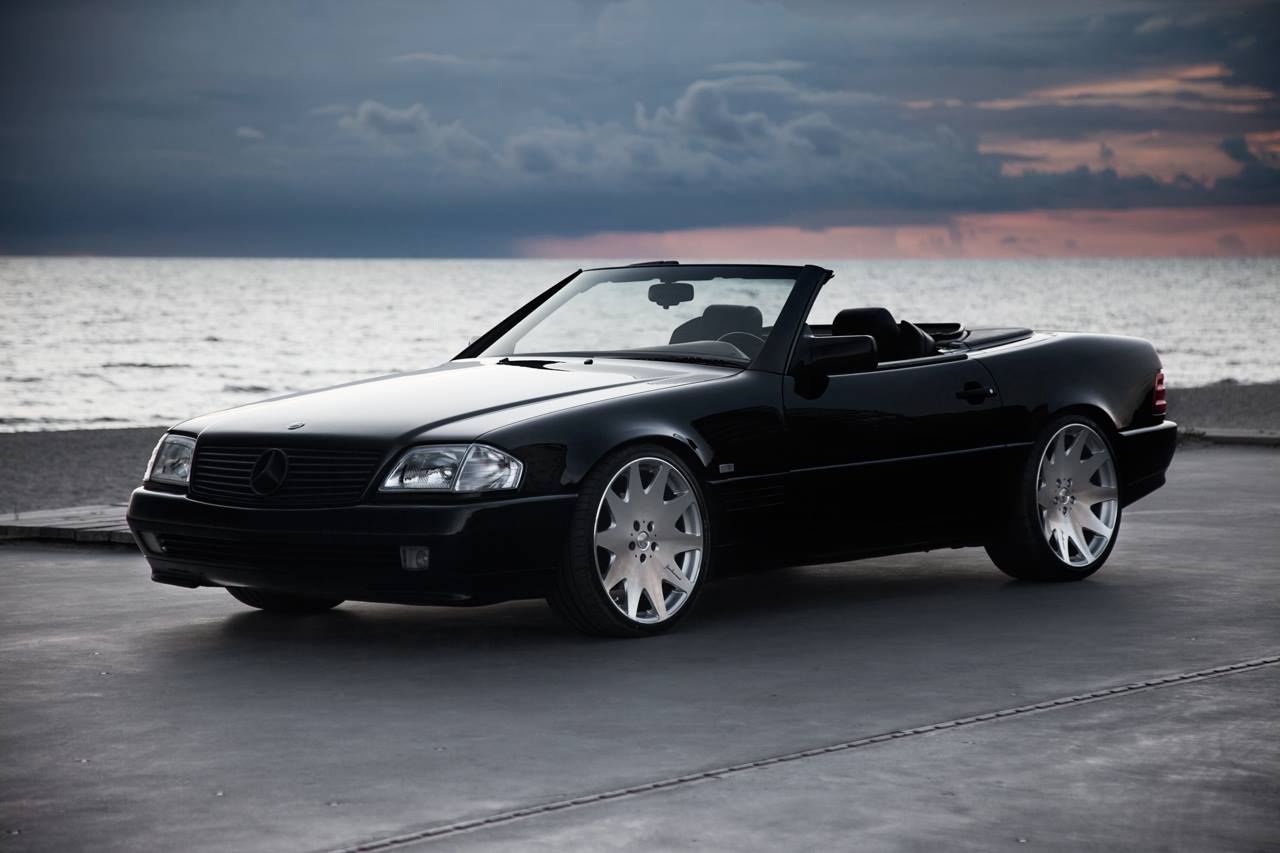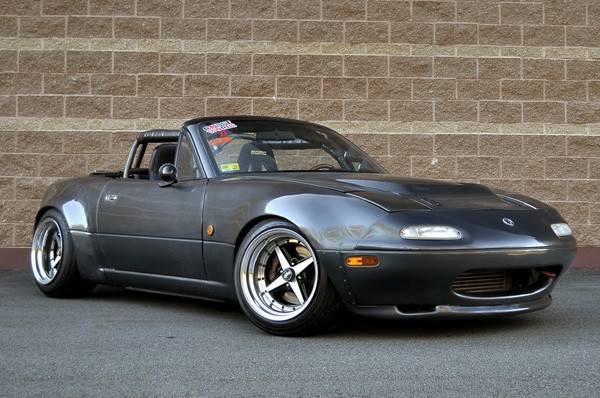Taget från Highsnobiety

In the lead up to their self-anointed Air Max Day (which is March 26, FYI), sportswear leviathan Nike serves up a retrospective on their iconic series of Air-cushioned running sneakers. Overlooking the Air Max line’s more obscure members – sorry Nike aficionados, no Air Max Triax or Air Max 2 Light here – the brand delves deep into the archives before spotlighting the newest member of the family, the Air Max 2015.
Debuting in 1987, the line built on Tinker Hatfield’s pioneering Air Max 1 sneaker which exposed the shoe’s Air-cushioned sole unit for the first time, taking the sportswear world by storm and kickstarting a series of groundbreaking footwear designs in the process. Like so many of Nike’s iconic designs, it’s easy to forget that the Air Max shoes were designed as performance gear first and foremost, and while they may enjoy a loyal sneakerhead following these days, they were built on groundbreaking innovations in running technology.
Get familiar with the Air Max family below and stay tuned for more Air Max content in the lead up to March 26 – including Nike’s breakdown on the evolution of the line’s Air units.

Nike Air Max 1 (1987)
Introduced nearly 30 years ago, Tinker Hatfield’s pioneering design took inspiration from the inside-out Pomipidou building in Paris, baring the sneaker’s Air-cushioned sole unit for all to see. While Nike had been using Air in its soles for years, the Air Max 1’s visible bubble was a huge innovation in running technology at the time and would go on to cement the sneaker as a true icon of footwear design. Considered outlandish at the time, the Air Max 1 seems somewhat modest now, remaining one of Nike’s most popular lifestyle models and an all-time sneakerhead favorite, particularly in Europe where the line is so feverishly revered.
Buy a pair here.

Nike Air Max 90 (1990)
The third installment of the Air Max series after the oft-overlooked Air Max Light, the AM90 kept the suede and mesh construction of its predecessors, but added more Air cushioning and a bulkier silhouette, accompanied by angular paneling and a head-turning colorway that made good use of Nike’s much-adored Infrared hue.
Buy a pair here.

Nike Air Max 180 (1991)
Tinker Hatfield teamed with Bruce Kilgore (the brains behind the Air Force 1) on the Air Max 180, which enlarged its predecessor’s Air cushioning by 50% and further exposed the sneaker’s sole unit for a full 180 degrees of visibility. Combined with a dynamic sockliner designed to mold to the shape of the wearer’s foot and forefoot grooves for flexibility, the Air Max 180 took the line’s performance credentials to new heights by emphasizing the runner’s natural motion.

Nike Air Max 93 (1993)
Further enlarging the sneaker’s heel counter, the Air Max 93 sported a full 270 degrees of visible Air cushioning, accompanied by a neoprene sockliner for stability and a grooved sole unit for added flexibility. The Air Max 93’s oversized silhouette and bold colorway typified ’90s footwear design, with a relatively conventional design that would soon be outshone as the Air Max family strayed further and further into abstract territory.
Buy a pair here.

Nike Air Max 95 (1995)
In a drastic departure from the rest of the Air Max line, the 95 added visible air to the forefoot for the very first time, with an unorthodox design that took inspiration from the human body. The sneaker’s Air-cushioned backbone was topped by fibrous layered mesh and ribbed lace eyelets, with a daring volt tone further adding to the shoe’s unconventional aesthetic.
Buy a pair here.

Nike Air Max 97 (1997)
In a further leap forward, Nike gave the Air Max 97 a fully visible Air unit along the sole’s entire length, which was accompanied by an audacious layered mesh upper inspired by Tokyo’s highly-streamlined bullet trains. Marking a high point in the series’ audacious, experimental designs, the ’97 even sported reflective piping embedded into the upper.

Nike Air Max 2003 (2003)
Borrowing the ’97’s fully visible sole unit, the Air Max 2003 sported a (relatively, at least) minimalist upper and thanks to new improvements in construction, placed the foot closer to the ground for greater response and flexibility. The shoe’s upper sported a high-performance Teijin material, with a lightweight, spartan construction that tamed the previously wild Air Max series, in line with the decade’s design sensibilities.

Nike Air Max 360 (2006)
Engineering a new sole unit for improved flexibility, Nike’s Air Max 360 used new thermo-moulding technology in place of layered foam to maximize performance, with a colorway that paid tribute to the series’ forefather, the OG Air Max 1.

Nike Air Max 2015 (2015)
The latest installment to the Air Max family sets to reinvent the wheel once again, with a virtually seamless upper utilizing Nike’s Flywire technology to wrap the foot in a breathable, lightweight mesh upper. Deeper sole grooves and a tubular construction are employed for improved transition, takeoff and landing in tandem with the series’ ever-present visible Air unit, topped off with an oversized reversed Swoosh that signifies just how far the Air Max series has come, almost 30 years after it started.




